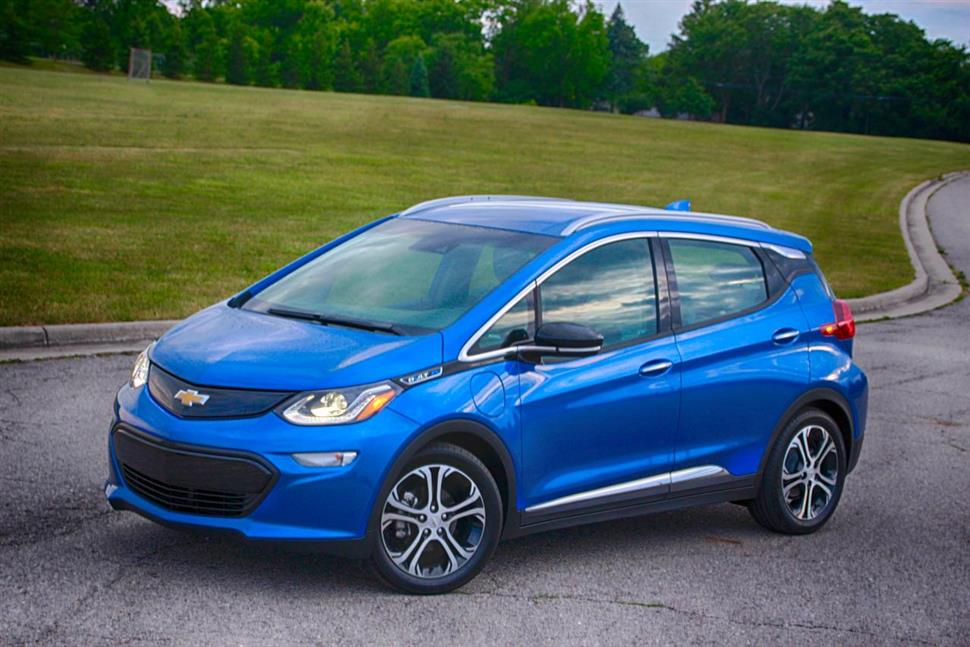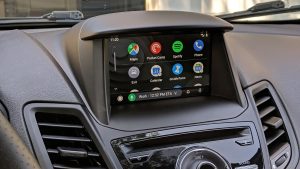- 6 May 2024
- 490
From Muscle Cars to Mobility Solutions: How American Car Culture

Muscle Cars to Mobility Solutions

Forget the dragstrip. Cruise down Woodward Avenue today and you’ll be greeted by a different kind of roar. The guttural rumble of muscle cars that once echoed through this Motor City has morphed into a symphony of a different kind – the electric purr of Teslas zipping past, the hushed whoosh of hybrid engines gliding by, and the occasional, impatient honk of a frustrated taxi driver. American car culture, for so long defined by chrome-plated behemoths and the boundless freedom of the open road, is undergoing a fascinating metamorphosis.
Shifting Gears: A Complex Web of Change
The shift is dramatic. Gone are the days when car ownership was a birthright, a symbol of independence inextricably tied to a gas-guzzling V8 engine. Today’s reality is a complex web of factors reshaping how Americans view their relationship with automobiles. Rising fuel costs, once a minor annoyance, now pinch wallets harder than ever. Environmental concerns, once a fringe issue, now cast a long shadow over the traditional internal combustion engine, forcing a necessary reckoning.
Technology in the Driver’s Seat
But the change isn’t solely driven by external pressures. Technology has emerged Mobility as the ultimate gear shifter, fundamentally altering the American car landscape. Ride-sharing giants like Uber and Lyft have chipped away at the necessity of car ownership, particularly in urban areas. Millennials, burdened by student loans and facing a skyrocketing housing market, are re-evaluating the need for a depreciating asset that sits idle most of the time. Meanwhile, the development of autonomous vehicles promises a future where the very act of driving itself might become obsolete.
A Divided Road: Nostalgia vs. Innovation
This vision of a driverless future sits uneasily with some. Traditional car culture thrives on the visceral experience – the Mobility roar of the engine a mechanical symphony, the open road stretching before you like a blank canvas, and the empowering sense of control behind the wheel. Muscle car enthusiasts and weekend warriors fear a loss of individuality and freedom in a world dominated by ride-sharing apps and self-driving pods. They see their beloved pastime, a cherished symbol of American ingenuity and rebellion, fading into the rearview mirror.
A Greener, More Inclusive Future
However, the innovation driving this shift also presents exciting possibilities. Imagine cleaner cityscapes free from the choking smog of exhaust fumes, a stark contrast to the hazy Los Angeles of car-choked nightmares. Traffic congestion, a daily frustration for millions of commuters, could become a relic of the past, replaced by a seamlessly coordinated network of autonomous vehicles. A transportation system built around accessibility could offer mobility solutions for those who are currently unable to drive themselves, opening up a world of opportunity – from ensuring independence for senior citizens to providing reliable transportation for those in underserved communities.
The Road Ahead
The future of American car culture is likely to be a well-oiled machine with many Mobility moving parts. There’s a place for the nostalgic love affair with classic cars, lovingly restored and celebrated in gleaming showrooms, standing as testaments to a bygone era. But alongside them will stand the sleek lines of electric vehicles, prioritizing efficiency and sustainability. The open road might still beckon, but the journey itself might transform – a quieter, cleaner, and more inclusive experience for all. This cultural shift won’t happen overnight, but one thing is certain: the American love affair with the automobile is far from over. It’s simply evolving, adapting to the needs and challenges of the 21st century

